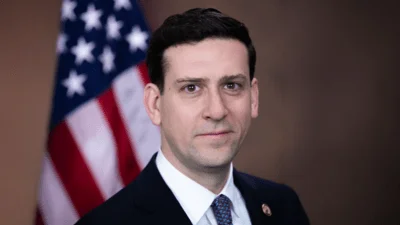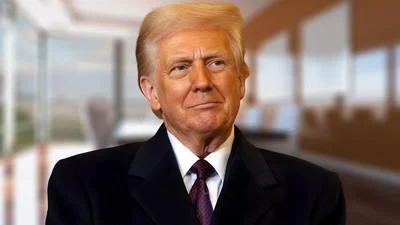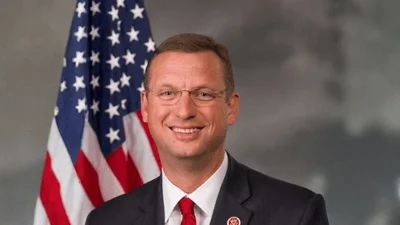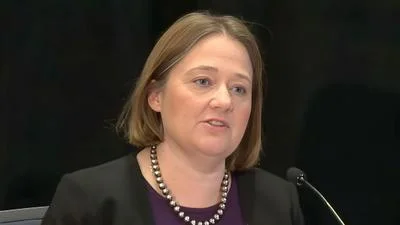The President of the United States has announced a series of amendments to the Reciprocal Tariff Rates as part of an ongoing response to trade practices affecting the nation's goods trade deficits. Based on the powers granted by the United States Constitution and laws, these measures are designed to address significant economic and national security concerns.
Following the previous Executive Order 14257, issued on April 2, 2025, which initiated a national emergency due to substantial trade deficits linked predominantly to international conditions, further adjustments have been made. The order allowed for modifications to the Harmonized Tariff Schedule of the United States (HTSUS) in response to turning points in trade relations with partner nations.
In a notable development, the government of the People's Republic of China (PRC) retaliated against the United States' tariffs, announcing an 84 percent tariff on imports from the United States, taking effect from April 10, 2025. As a reaction, the President stated, “In my judgment, this modification is necessary and appropriate to effectively address the threat to U.S. national and economic security posed by the PRC’s contribution to the conditions reflected in large and persistent trade deficits.”
Simultaneously, the order acknowledged efforts by over 75 trading partners to rectify trade reciprocity issues. Noting this progress, the President expressed a willingness to amend existing tariffs: “Pursuant to section 4(c) of Executive Order 14257, I have determined that it is necessary and appropriate to address the national emergency declared in that order by modifying the HTSUS.”
Effective from April 10, 2025, country-specific ad valorem duties will be suspended for a 90-day period, specifically excluding China. Instead, a uniform tariff rate applies to trading partners, acknowledging their engagement with the U.S. on shared economic concerns.
Furthermore, the document details modifications to specific tariff headings within the HTSUS, increasing duties from 84% to 125% on certain items from China, while restructuring others to support the broader strategic aims.
In addition to tariff changes, the order includes provisions to raise minor duty rates to close potential loopholes, increasing the burden on smaller value imports, and postal items with certain thresholds, affecting rates over several months.
These actions are overseen by the Secretaries of Commerce and Homeland Security, along with the United States Trade Representative, who have been tasked with executing the order in consultation with other key administration figures. The aim is to employ all executive powers necessary to enforce this new tariff structure, as conveyed by the President.
The President also clarified that this executive exercise does not impede individual rights or establish enforceable legal benefits.
DONALD J. TRUMP
THE WHITE HOUSE,
April 9, 2025.





